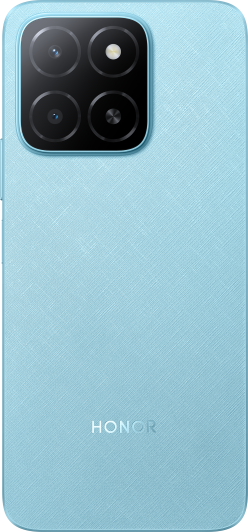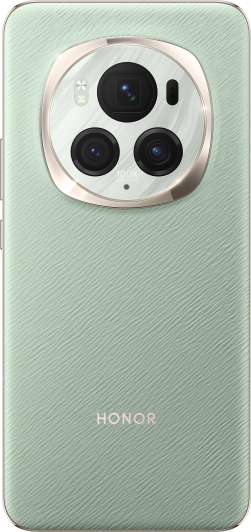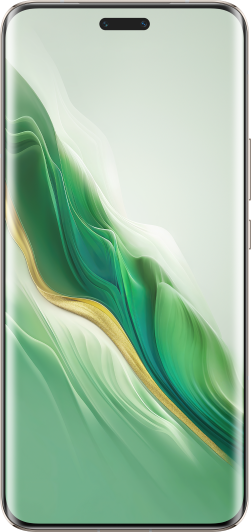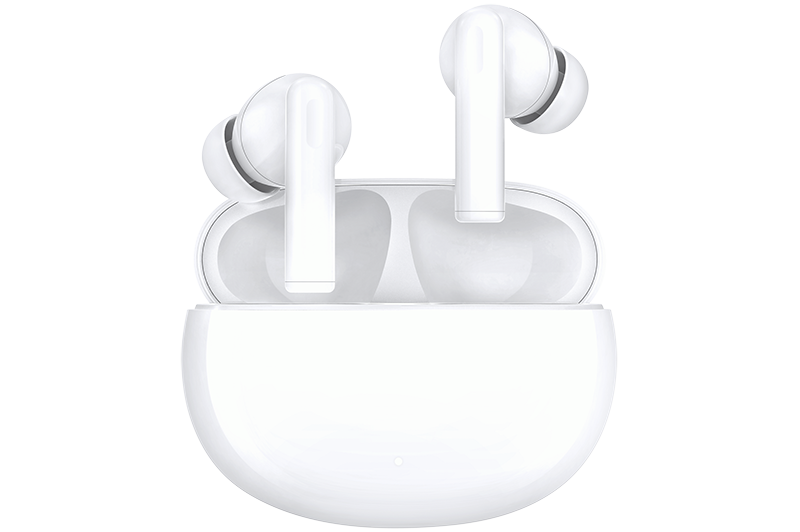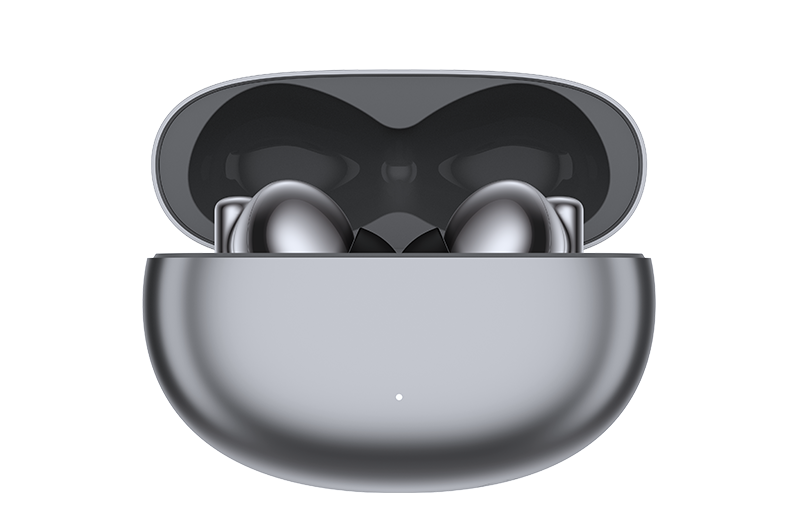TOP

我的荣耀 开启荣耀之旅

Do Foldable Phones Crease? Here's What You Need to Know
Foldable smartphones have emerged as a cutting-edge trend, blending portability with expansive screen real estate. However, a question frequently posed by interested buyers is, "Do foldable phones crease?" The short answer is, they do, and the presence of a crease is a nuisance that can impact both aesthetics and functionality.
This guide delves into the inherent causes of creasing in foldable phones and explores how these creases might affect the device's usability. We'll also review the latest technological advances aimed at minimizing crease visibility and feel and speculate on what the future holds for the design of these intriguing devices.
Causes Of Foldable Phone Crease
A crease at the fold is one of the primary challenges facing foldable phones today. This issue results from several intrinsic factors associated with the current state of foldable technology. Let's take a closer look:
Material of the Screen
The primary culprit behind the crease in foldable phones is the materials used for the screen. Unlike traditional smartphones that use rigid glass, foldable phones utilize a plastic polymer or ultra-thin glass that can bend. While these materials are flexible enough to allow the screen to fold, they are also prone to showing a crease over time. The repeated stress of bending at the same point creates a permanent mark or line, which is visually noticeable when the display is lit.
Hinge Mechanism
The design of the hinge mechanism also plays a crucial role in the formation of creases. Foldable phones rely on complex hinge systems to ensure that the device can open and close smoothly. However, this mechanical action exerts additional stress on the screen at the fold point, contributing to the formation of a crease. Different hinge designs can mitigate or exacerbate the severity of the crease, with some allowing more of a gap when closed, which can reduce stress but may allow debris to enter and damage the screen.
External Factors
Beyond the phone's build, external factors like how it's handled and the environment it's used in can accelerate creasing. How often and how forcefully the phone is folded and unfolded plays a role in the severity and speed at which a crease forms. Heat and humidity can also affect the screen's materials, potentially making them more pliable and prone to creasing.
How Does the Crease Affect the Usability of Foldable Phones
The crease in foldable phones is not just a cosmetic issue; it can impact the user experience in various ways. Here are some practical implications of the crease:
• Visual Distraction: One of the most immediate impacts of the crease is visual distraction. When the display is illuminated, the crease can become more noticeable, particularly when viewing content with bright or uniform backgrounds. This can be distracting for users, particularly during activities like watching videos, reading texts, or playing games, where a seamless display is preferable for immersion and enjoyment.
• Text and Image Distortion: The crease can also distort text and images, particularly along the fold line. This distortion can affect the readability of text and the integrity of images, which might be problematic for users who frequently use their devices for reading e-books, browsing detailed content, or editing photos and videos.
• Touch Sensitivity: In some models, the crease may also affect touch sensitivity. The area along the crease might not respond to touch inputs as reliably as the rest of the screen, which can hinder user interactions. This is particularly challenging in applications that require precise touch inputs, such as drawing apps or games that use on-screen controls.
What Are the Latest Technological Solutions for Crease Reduction
As foldable phone technology progresses, manufacturers are innovating relentlessly to address the issue of the crease. Recent advancements focus on both hinge design and material improvements to minimize the visibility and impact of creases.
Innovative Hinge Mechanism
The development of unique foldable phone hinge mechanisms, such as the "waterdrop hinge," represents a significant leap forward in combating creases. This design, as seen in advanced models like the HONOR Magic V2, alters the folding pattern of the screen to a teardrop shape rather than the traditional "U" shape when folded. This allows the screen to compress at the fold point, enabling a flatter lay when the device is unfolded, thus reducing the severity of the crease.
Enhanced Hinge Material
Besides innovative folding mechanisms, the adoption of more robust materials plays a crucial role in the quest to perfect foldable phones. For example, the HONOR Magic V2 RSR, integrates a super-light SGS-certified titanium hinge that combines strength with flexibility, allowing for a flatter, less noticeable crease. Titanium's properties help maintain the integrity of the hinge mechanism over time, contributing to both the longevity and aesthetic quality of the device.
Future Hold for Foldable Phone Designs
As technology progresses, the future of foldable phone designs looks increasingly promising, with advancements poised to overcome current limitations and expand their market appeal. Here, we explore several key trends and innovations that are likely to shape the next generation of foldable devices.
• Enhanced Durability: One of the primary focuses for future foldable phones will be enhancing their durability. This includes not only improving resistance to creasing but also ensuring the devices are robust against drops, dust, and water. As materials technology evolves, expect to see ultra-durable, scratch-resistant displays and more resilient hinge designs that can withstand everyday wear and tear without compromising on the device's flexibility.
• Improved Display Technology: The quest for a crease-free display continues, with researchers and engineers working on new types of screen materials that can bend without leaving a mark. Organic light-emitting diode (OLED) technology is likely to advance to the point where displays can be folded thousands of times without any degradation in quality or appearance. Furthermore, innovations such as micro-LED technology could offer brighter, more energy-efficient displays that are ideal for the unique demands of foldable screens.
• Seamless Software Integration: As hardware advances, software solutions designed to take advantage of these unique form factors will become more sophisticated. Expect to see user interfaces and applications that seamlessly adapt to different screen sizes and orientations, enhancing multitasking and productivity. Software will likely be more intuitive, allowing you to easily manage the transition between folded and unfolded modes without disrupting the user experience.
Conclusion
As we have explored, the creasing issue in foldable phones is influenced by various factors, from the materials used to the mechanics of the folding mechanism itself. While the crease might affect usability for some users, ongoing technological innovations are steadily addressing these concerns, such as the adoption of waterdrop titanium hinges. Looking ahead, the future of foldable phones appears promising, with innovations on the horizon that promise even more seamless and durable designs. Ultimately, as technology advances, the question of "Do foldable phones crease?" may become obsolete, replaced by a new era of robust and refined foldable devices.
FAQs
Why do foldable phones develop creases?
Foldable phones develop creases primarily due to the materials used in their screens, like polymer plastic, which allows for flexibility but is softer than traditional glass. The bending action at the fold stresses these materials, gradually leading to a visible crease over time.
How many times can you fold a foldable phone?
Most foldable phones are designed to withstand around 100,000 to 200,000 folds before any significant degradation in functionality, according to manufacturer testing. This number can vary based on the phone's design and the quality of materials used. For example, the HONOR Magic V2 is particularly durable, tested to handle up to 400,000 folds. This could last roughly 10 years if you fold and unfold it about 100 times a day.
Source: HONOR Club
We use cookies and similar technologies to make our website work efficiently, as well as to analyze our website traffic and for advertising purposes.
By clicking on "Accept all cookies" you allow the storage of cookies on your device. For more information, take a look at our Cookie Policy.
Functional cookies are used to improve functionality and personalization, such as when playing videos or during live chats.
Analytical cookies provide information on how this site is used. This improves the user experience. The data collected is aggregated and made anonymous.
Advertising cookies provide information about user interactions with HONOR content. This helps us better understand the effectiveness of the content of our emails and our website.


